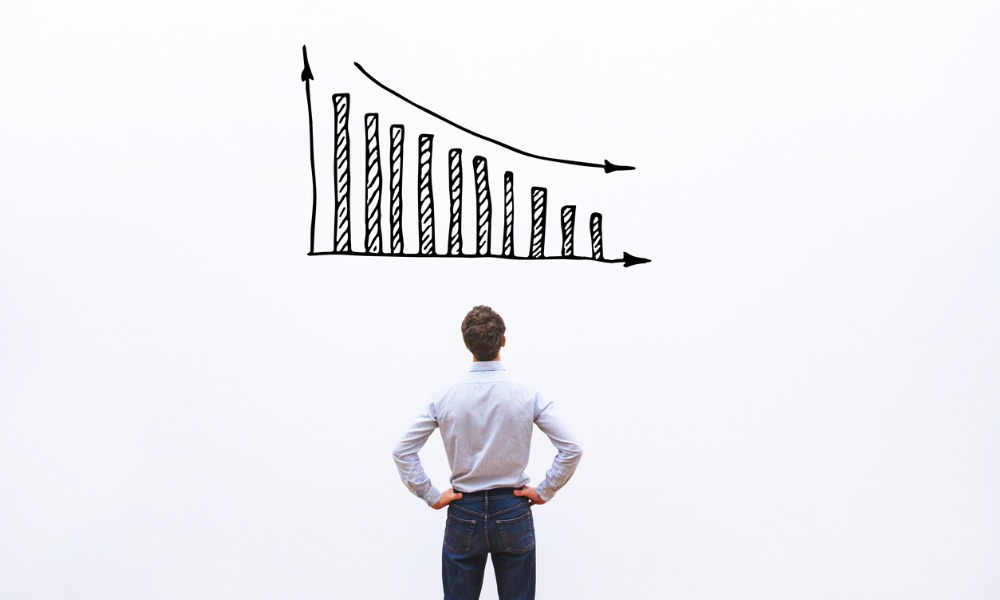
'Employers didn't invest in the equipment, tools and resources that are needed to make the most of employees' skills and talents'

Labour productivity in Australia fell by 3.7% in 2022-23 as output growth failed to keep pace with a surge in hours worked.
Productivity Commission Deputy Chair Alex Robson said the Annual Productivity Bulletin 2024 provides a clearer understanding behind Australia's productivity slump.
"Sharp increases in working hours have seen productivity decline, but this makes policies to boost productivity even more important," Robson said in a statement.
The drop was attributed to the record-high 6.9% increase in hours worked by employees, which led to average incomes increasing despite slow hourly wage growth as more Australians spent longer time working.
"Productivity growth is about working smarter, not working harder or longer. Given our labour force participation rate is near its historical high, we won’t be able to rely on working harder or longer as a source of income growth moving forward," Robson said.
"What's worse, we know nominal wage growth without productivity growth can fuel inflation. Sustainable, long-term wage growth can only be realised by securing productivity gains."
According to the report, the high hours worked also led to a historical decline in the capital-labour ratio to 4.9%.
This meant employees had less capital on average, which further pulled labour productivity down.
"While a record number of Australians had jobs, employers didn't invest in the equipment, tools and resources that are needed to make the most of employees' skills and talents. Further capital investment would help turn our strong employment growth into strong productivity growth."
The latest drop in productivity also reversed the gains Australia saw during the pandemic, according to the commission.
"Measured productivity rose rapidly during COVID-19, mostly due to a temporary sectoral shift in employment, away from low productivity industries to higher productivity industries. This data shows that this pandemic 'productivity bubble' has well and truly burst," Robson said.
Employers across Australia have been calling on the government to prioritise productivity as they slammed the latest industrial reforms as a "handbrake on productivity" that will add further complexity to workplaces.